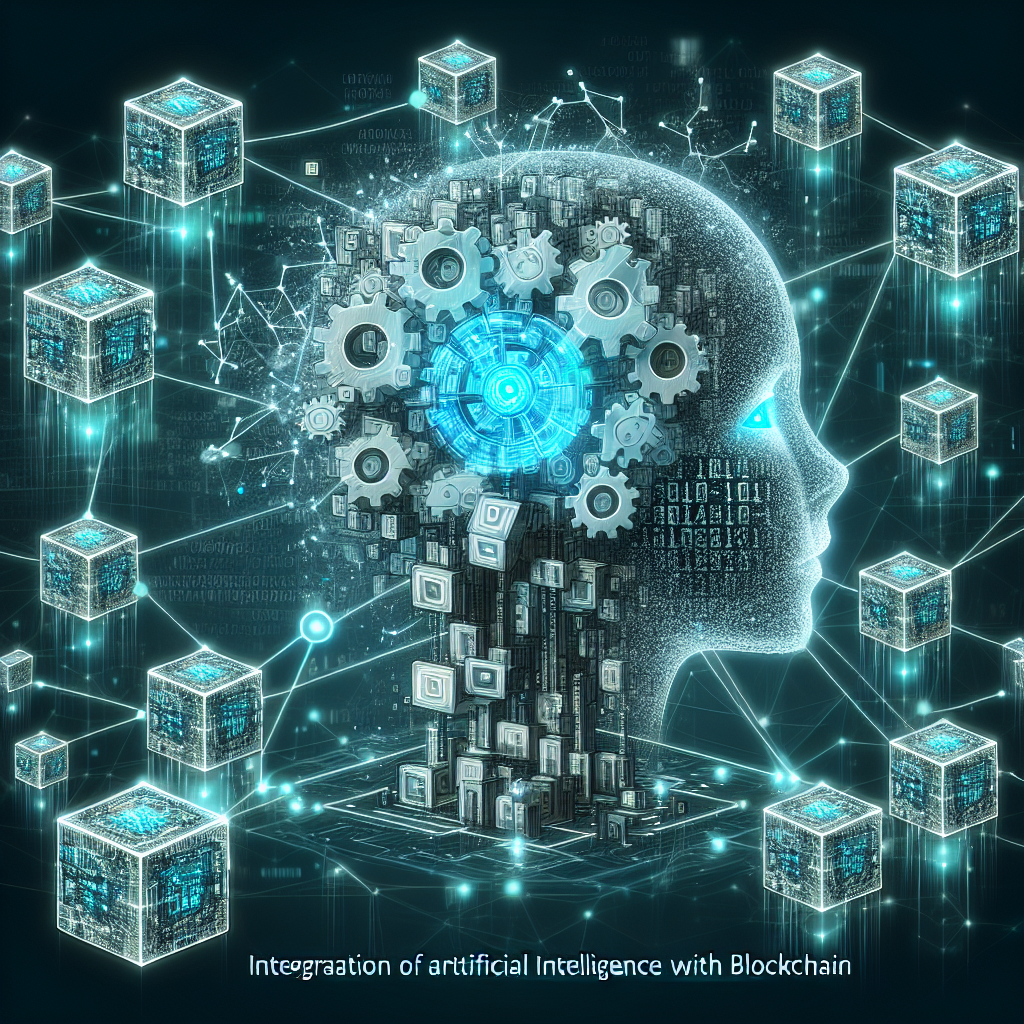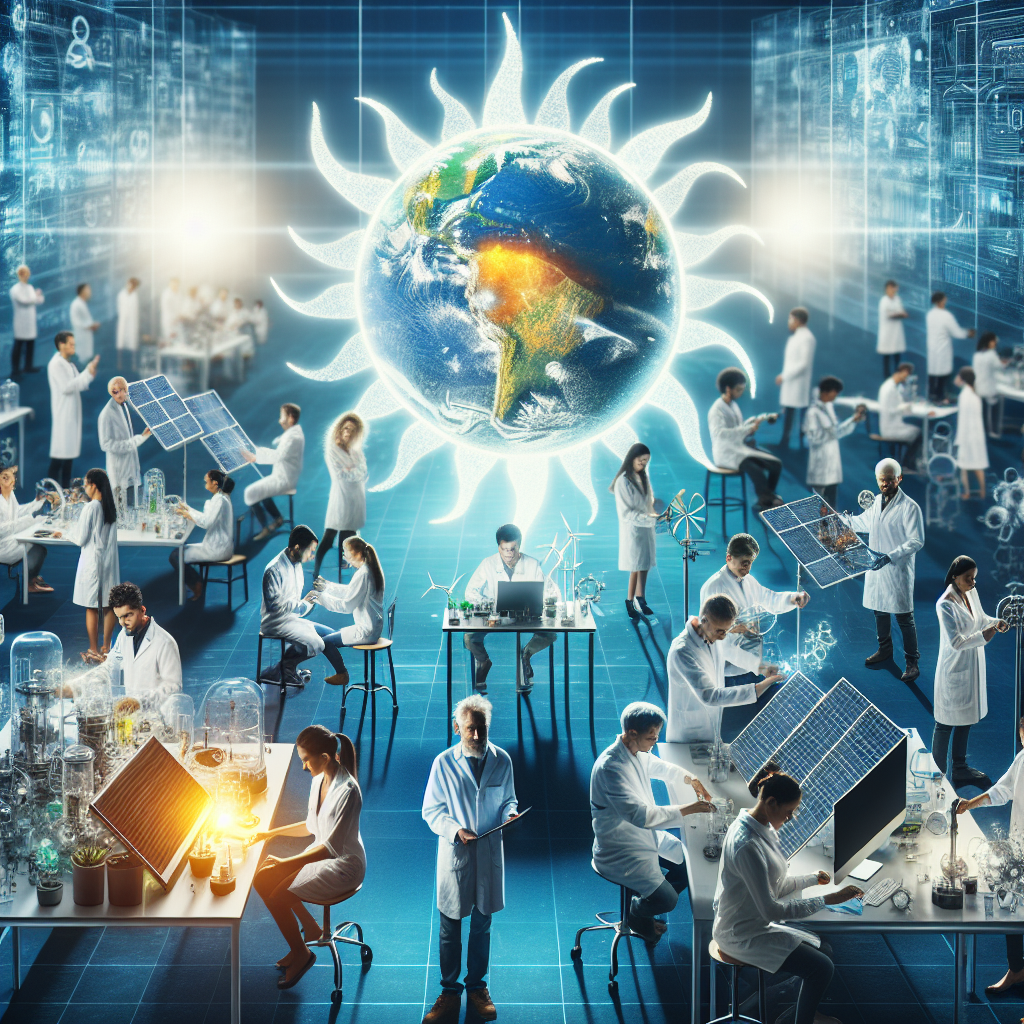## The Future of Clean Energy: Innovations from NREL
The National Renewable Energy Laboratory (NREL) stands at the forefront of sustainable energy research, developing cutting-edge technologies that lead to a cleaner, more efficient future. As climate change concerns grow, NREL continues to create impactful solutions that help reduce carbon emissions, improve energy efficiency, and accelerate the adoption of renewable power sources.
In 2024, scientists at NREL have made significant strides in areas such as solar technology, wind power, energy storage, and grid integration. Let’s explore some of the exciting innovations shaping the future of sustainable energy.
—
### **Breakthroughs in Solar Energy Technology**
#### **Next-Generation Solar Panels**
One of NREL’s key focus areas is advancing photovoltaic (PV) technology to increase efficiency and affordability. Researchers have developed **multi-junction solar cells** that achieve record-breaking efficiency levels by capturing a broader range of sunlight wavelengths. These high-efficiency solar panels have the potential to dramatically reduce the cost of solar electricity while maximizing energy output.
#### **Perovskite Solar Cells: The Future of Affordable Solar**
Perovskite solar cells have emerged as a promising alternative to traditional silicon panels. NREL scientists have improved perovskite stability and durability, making them commercially viable. With their lower manufacturing costs and high efficiency, perovskite solar panels could revolutionize the solar industry in the coming years.
—
### **Advancements in Wind Energy**
#### **Larger and More Efficient Wind Turbines**
Wind power is a cornerstone of sustainable energy, and NREL is at the forefront of designing **larger, more efficient wind turbines**. These innovations allow turbines to capture more wind energy, even in low-wind locations. The lab’s work in **floating offshore wind farms** is particularly exciting, as it enables turbine deployment in deeper ocean waters where stronger, more consistent winds are available.
#### **Smart Wind Farm Optimization**
By leveraging **AI and machine learning**, NREL researchers have developed advanced wind farm optimization strategies. These smart energy systems enhance turbine placement and energy output, ensuring wind farms operate at peak efficiency while reducing operational costs.
—
### **Energy Storage Solutions for a Reliable Grid**
#### **Next-Generation Battery Technologies**
One of the biggest challenges in renewable energy adoption is energy storage. To address this, NREL has been pioneering research in **solid-state batteries, flow batteries, and lithium-sulfur batteries,** all of which offer higher energy density, longer life cycles, and improved safety. These storage solutions play a vital role in balancing supply and demand, making clean energy more reliable.
#### **Hydrogen Energy Storage**
Hydrogen is becoming a key player in energy storage, and NREL has been instrumental in its development. By using **renewable energy to produce green hydrogen** through electrolysis, excess energy can be stored and used when needed. This technology ensures energy availability even when solar and wind resources fluctuate.
—
### **Building a Smarter, Greener Grid**
#### **Grid Integration and Smart Technology**
A major step toward a sustainable energy future is upgrading our electricity grid to handle renewable power more effectively. NREL scientists are working on **grid-interactive infrastructure** that enables seamless integration of solar, wind, and battery storage.
By using advanced sensors, AI-driven energy management systems, and demand-response capabilities, the grid can optimize energy distribution and reduce waste. This means a more resilient and efficient power system that can support large-scale renewable adoption.
#### **Microgrids for Energy Resilience**
Microgrids, which operate independently from the main power grid, are another crucial innovation. NREL has been leading efforts in developing **self-sustaining microgrids** that provide electricity in remote areas or during extreme weather events. These decentralized energy systems enhance energy security while reducing transmission losses.
—
### **Sustainable Transportation Innovations**
#### **Advancing Electric Vehicle (EV) Technologies**
As more consumers transition to electric vehicles, NREL is pushing the boundaries of EV technology. Scientists are working on **faster-charging batteries, wireless EV charging infrastructure, and vehicle-to-grid (V2G) solutions** that allow EVs to supply electricity back to the grid during peak demand periods.
These developments aim to make electric transportation more efficient, convenient, and accessible to a wider audience.
#### **Hydrogen-Powered Transportation**
In addition to EVs, hydrogen fuel cells are a promising technology for long-haul trucks, buses, and aircraft. NREL is researching ways to reduce hydrogen production costs and expand hydrogen fueling infrastructure to support widespread adoption.
—
### **The Road Ahead: A Greener Future**
The innovations coming out of NREL highlight the incredible potential of sustainable energy technologies. From **high-efficiency solar panels and advanced wind turbines** to **next-generation batteries and smart grids**, these breakthroughs are making **clean energy more reliable and cost-effective**.
With continued research and collaboration, NREL is paving the way for a future where renewable energy is the dominant power source—one that benefits both the environment and the economy.
As we move toward greener energy solutions, it’s clear that NREL’s work will remain essential in shaping a **sustainable, secure, and carbon-free world**.
—
### **Final Thoughts: How You Can Support Clean Energy**
Individuals and businesses alike can contribute to the clean energy revolution by:
- Installing solar panels or opting for renewable energy providers
- Investing in energy-efficient appliances and smart home technologies
- Switching to electric or hydrogen-powered vehicles
- Advocating for policies that promote renewable energy development
The move toward a sustainable energy future requires global effort, but with groundbreaking research from institutions like NREL, the path forward is clearer than ever. Let’s embrace these advancements and work together to make clean energy the norm.



Leave a Reply